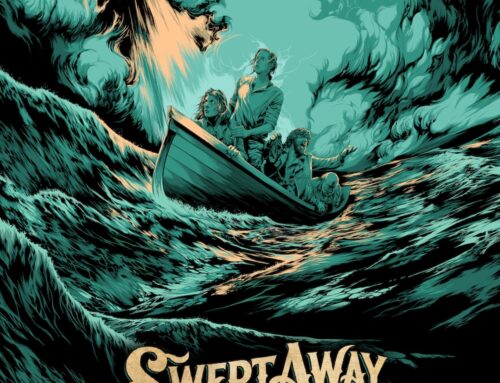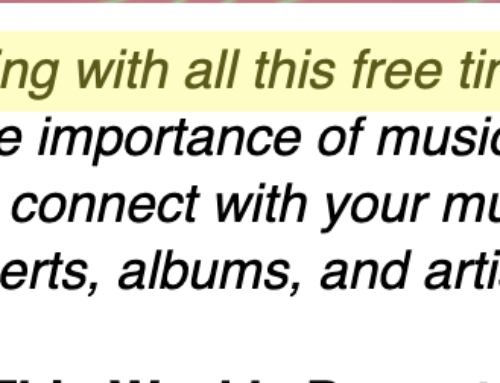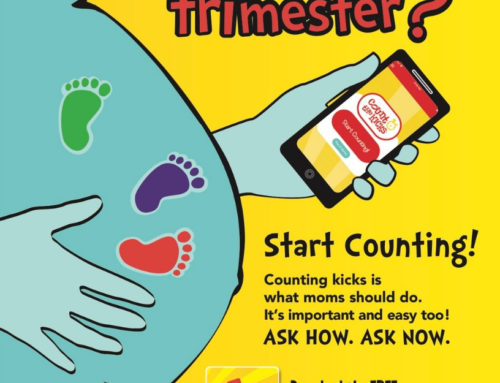 Guest Post by Christy Silverthone
Guest Post by Christy Silverthone
It wasn’t long ago that I was on one of Shonali’s Pioneer Calls, seeking advice for a campaign I was working on called, “Safe Families for Children,” a volunteer-based respite resource for families going through a crisis as well as an alternative to foster care. I was helping the local initiative get off the ground and needed some ideas on how to let the people in need know about the program.
Walk In Their Shoes
Following Atticus Finch’s quote from “To Kill a Mockingbird”- “You never really understand a person until you consider things from his point of view … until you climb into his skin and walk around in it.” I decided that first off, I needed to look at this campaign from our target market’s point of view.
Even on our limited budget, deciding to use social listening and a few qualitative interviews gave me the chance to step inside the target market’s shoes. I started setting up social listening channels around phrases such as, “Department of Human Services,” “respite care,” “homelessness,” “rehab,” “emergency childcare” and “Safe Families.” I stored all of this research in a spreadsheet and continually monitored it for themes and ideas.
I was also able to conduct some qualitative interviews with people in the area who’d wished that Safe Families had been available for them years ago.
While I couldn’t use this data to test for statistical significance, I could use it as a good starting point. I learned how strong our target market was and at the same time learned to stay away from anything that even hinted at the idea of needing help because of failure.
Start Somewhere
A college friend of mine used to say, “You gotta start somewhere.” At the time, he was referring to navigating the sloped wooden floor in my apartment, but I found that his message applied to this campaign as well. I didn’t have a lot of resources for message testing, but I did have access to Facebook. And I had some stories featuring successful placements within the program. Before presenting to live audiences, I wanted to obtain some idea of which stories would effectively resonate with my target audience. I was able to use basic A/B testing on Facebook to deliver different stories to the same target market. There was one story, in particular, that was a clear winner on all counts. It was about an 18-year-old girl who unexpectedly went into preterm labor and had nowhere for her two-year-old son to stay while she delivered the baby. Her story ended with support, resources and a happy ending for both she and her children. This is the story that we plan to share about the program both online and offline to promote our organization’s services.
Go Straight to the People
On the call with Shonali, she gave me excellent advice. Go straight to where the people are (soup kitchens, homeless shelters, etc.). It sounds simple when you think about it. However, in today’s fast-paced media world, there are so many distractions and options. It’s so easy to plan a beautiful communication strategy and miss one element – the people who need to hear your message the most. Sometimes community presentations don’t sound as exciting as SnapChat or micro-targeting on Facebook. But sometimes it’s best to forgo “exciting” and go straight to where your message is most needed.
Empower Audiences Through Stories
Dealing with a population who has been constantly told they are “less than” their whole life, we needed to constantly communicate their inherent value and worth. But most importantly they needed to know that even when they go through hard times, they can still have hope and a promising future. We also needed our target audience to remember our organization for the future. While they may not need to use Safe Families now, they may find themselves homeless or in a situation where they need help at some point in the future.
While there are impressive statistics regarding the program, we realized that with a limited amount of time and attention span, we must use our time wisely by focusing on a single story because:
- Stories are 22 times more memorable
- Stories reach visual, auditory and kinesthetic learners
- This particular story is relatable and builds trust with our audience.
We also needed to focus on a story where the audience could envision a positive future and become the hero of their own life. That is why sharing about people who went through the program and received the help that they needed has been so important.
Donald Miller explains how necessary it is to make your customer your hero. The target audience does not need to hear how wonderful your organization is. They need to hear how, with help from a few people, they can become the heroes of their own life. With some direction, they can learn how to apply for a job, apply for housing and learn how to manage their finances.
Gain Traction
Our hope is that as more and more people use our services, they will turn into evangelists and tell their stories of the Safe Families program so that the story comes in full circle.
Image: S O C I A L . C U T via Unsplash, CC0
 Christy Silverthorne is a Marketing Consultant and Adjunct Faculty member in the Marketing Department at Northwest Christian University in Eugene, Oregon. She also works with several clients on messaging, storytelling and making the most out of little. When she’s not working, Christy enjoys spending time with her labradoodle, reading and napping.
Christy Silverthorne is a Marketing Consultant and Adjunct Faculty member in the Marketing Department at Northwest Christian University in Eugene, Oregon. She also works with several clients on messaging, storytelling and making the most out of little. When she’s not working, Christy enjoys spending time with her labradoodle, reading and napping.









[…] it needs to be interwoven with relationships. Now the hard part, building those relationships to reach your prospects and build brand advocates (your fans who will share your messages on their own […]